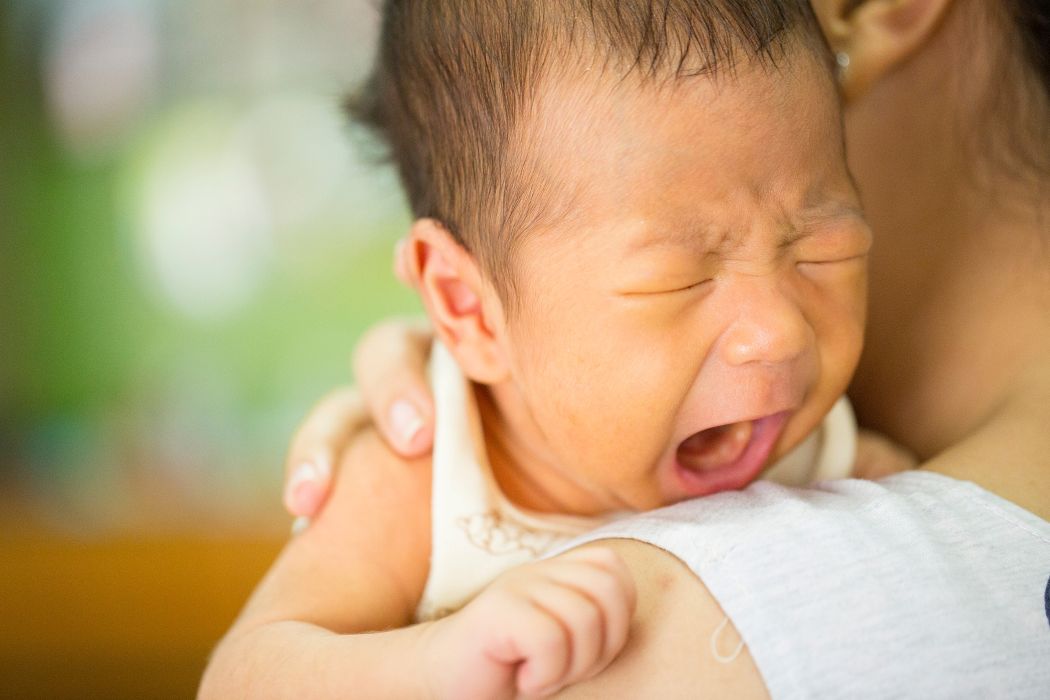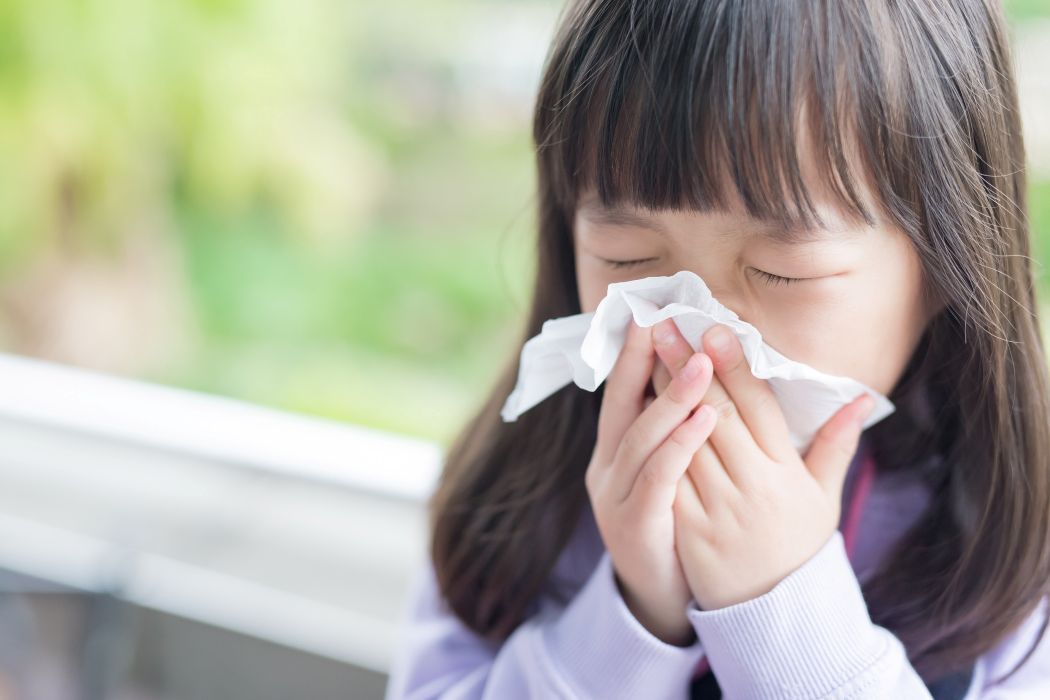You have probably noticed that most things end up in your toddler’s mouth at some stage. Babies and children have a psychological desire to explore. They need to explore to learn. If an object is bright, sparkly, shiny, round, smelly or interesting. Your child wants to touch it-and he puts it in his mouth because he doesn’t have the intellectual capacity to understand what it is. This is his way of finding out.
That’s fine when the object is soft and safe, but what about when it’s something that could be dangerous? These are the most common things your tot is likely to pick up and what you should do if he swallows them.
1. Berries/ Leaves
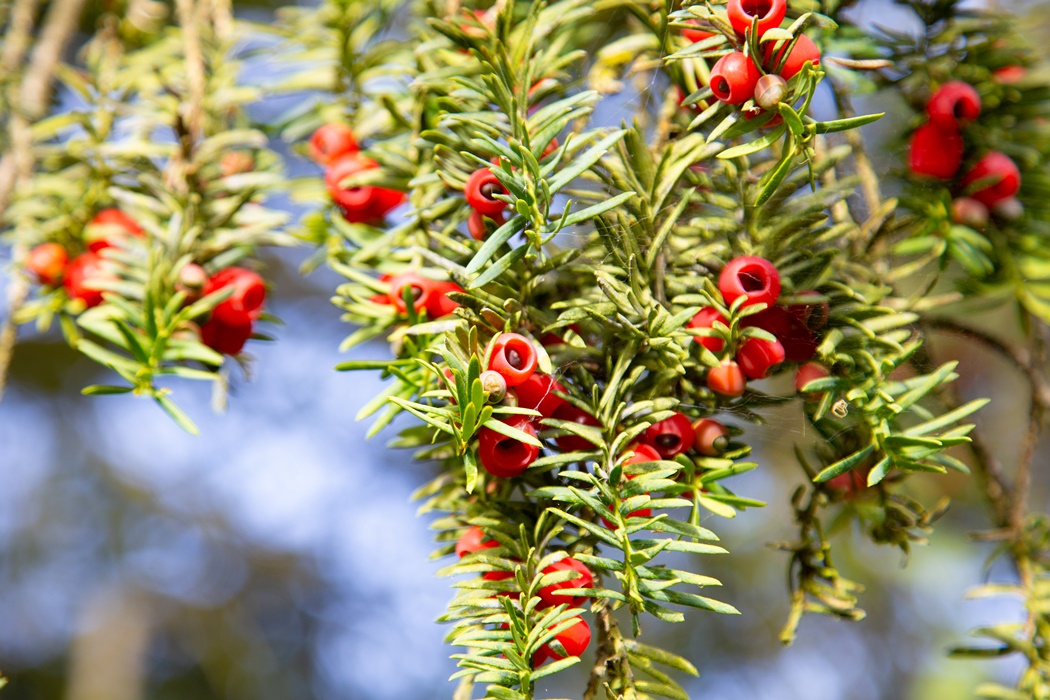
Is it dangerous? SOMETIMES
What to do?
Although berries aren’t usually a risk in terms of shape or size, they can be poisonous. There’s also a danger that your child might have inhaled the berry into his lungs rather than swallowed it, which can cause breathing problems. Ivy, deadly, nightshade (belladonna) and elderberry are just some of the common plants that produce tempting but toxic berries. If you’re in any doubt, seek medical help.
If he’s been choking or coughing at all, looks uncomfortable, goes pale or blue, or starts frothing at the mouth. You should take him to the hospital with a sample of the berry if possible. If you don’t know what plants you have in your garden and how toxic they could be, invite a gardener friend around to identify them.
2. Sand & Soil
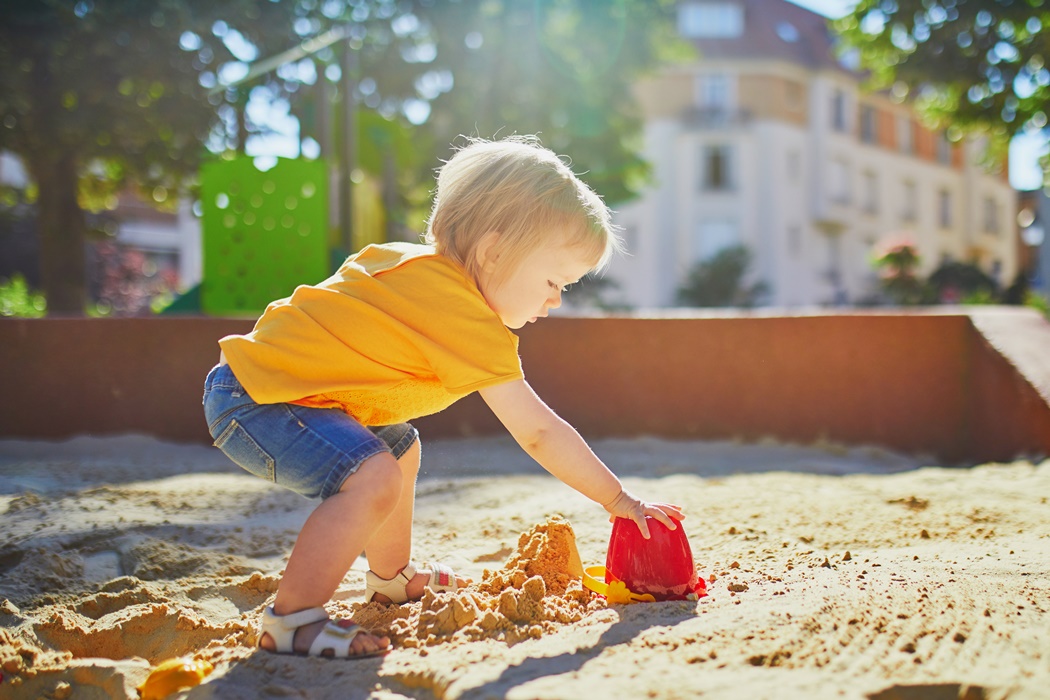
Is it dangerous? NOT ON ITS OWN
What to do?
Eating sand and soil is very common in children and babies, because they’re readily available outside. While it’s unpleasant, it’s only a threat because of what could be hidden inside – for example if a cat’s used a sandpit for a loo. There is a risk of toxocariasis or toxoplasmosis from eating cat poo. Checking the sandpit before the children play is the best way to avoid other nasties such as bugs litter or even glass.
3. Bugs & Worms
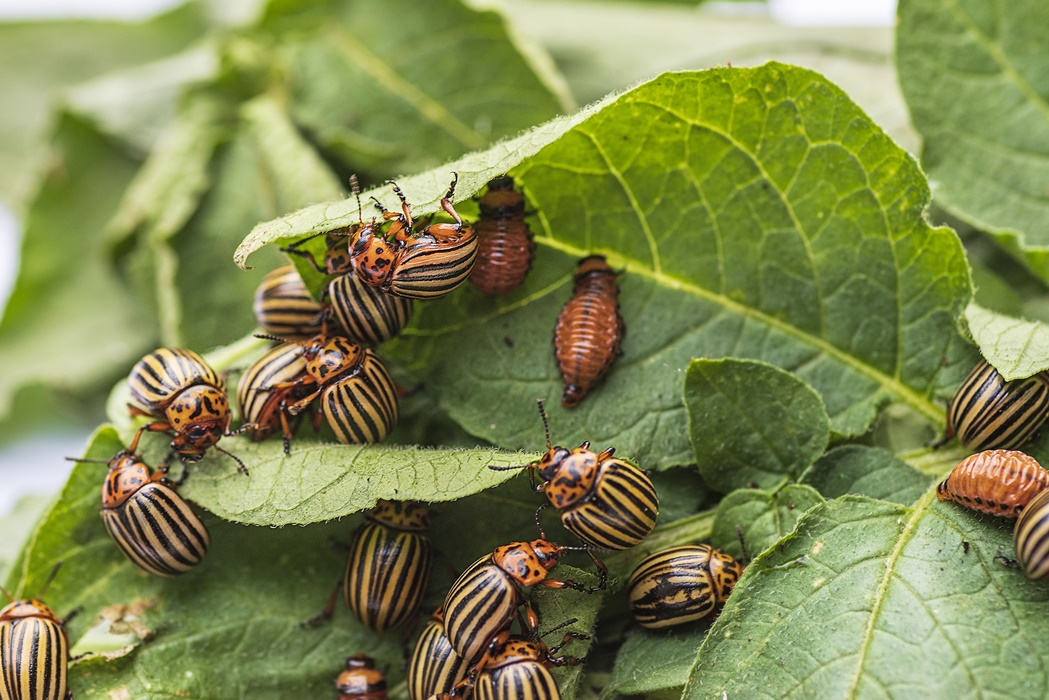
Are they dangerous? NO
What to do?
The good news is unless you’re in the Australian outback or the Amazonian Rainforest, most bugs and creepy crawlies are usually harmless. Eating something like creepy crawlies is just natural curiosity. The inside of your tot’s stomach is extremely acidic and very good at killing off anything he eats. A drink of water can take away any nasty taste.
4. Dog or cat poo
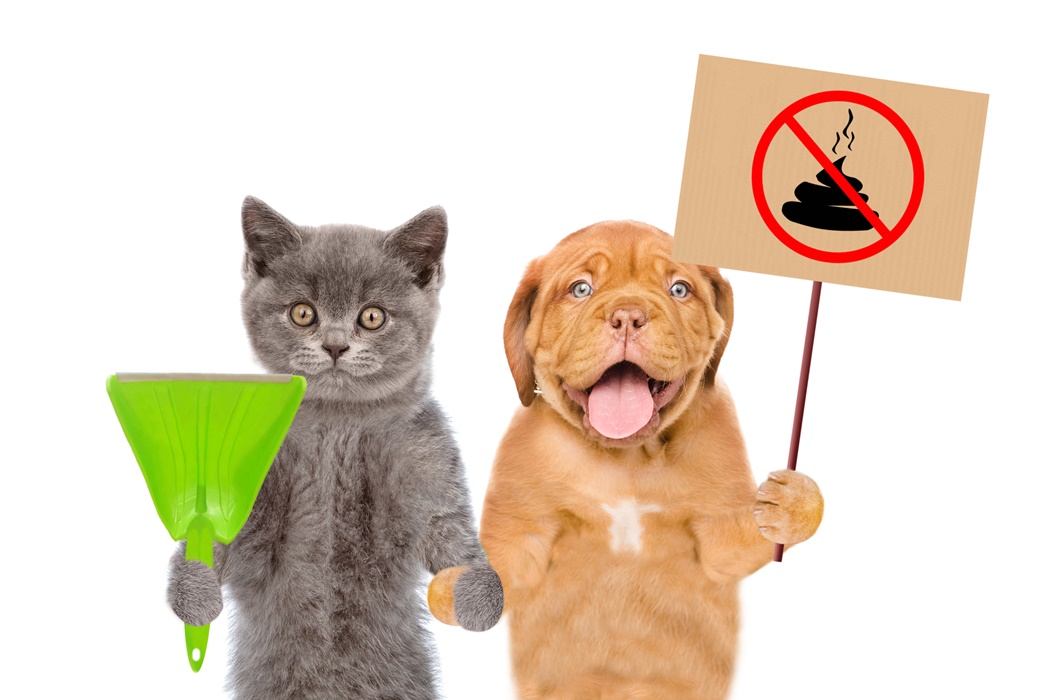
Is it dangerous? RARELY
What to do?
Gross as it is. Poo isn’t usually anything to worry about. However, if it’s touched or eaten there is a small risk of toxoplasmosis (from cat poo) and toxocarisis (from cat and dog poo). These infections affect 20 children a year and in general cause flu-like symptoms. Our guts are designed to cope with eating bacteria and once it’s eaten, it’s eaten. You need to wash his hands as soon as possible to minimise the risk of infection. If he starts vomiting or has diarrhoea, make sure he doesn’t get dehydrated, and take him to see a doctor.
5. Batteries
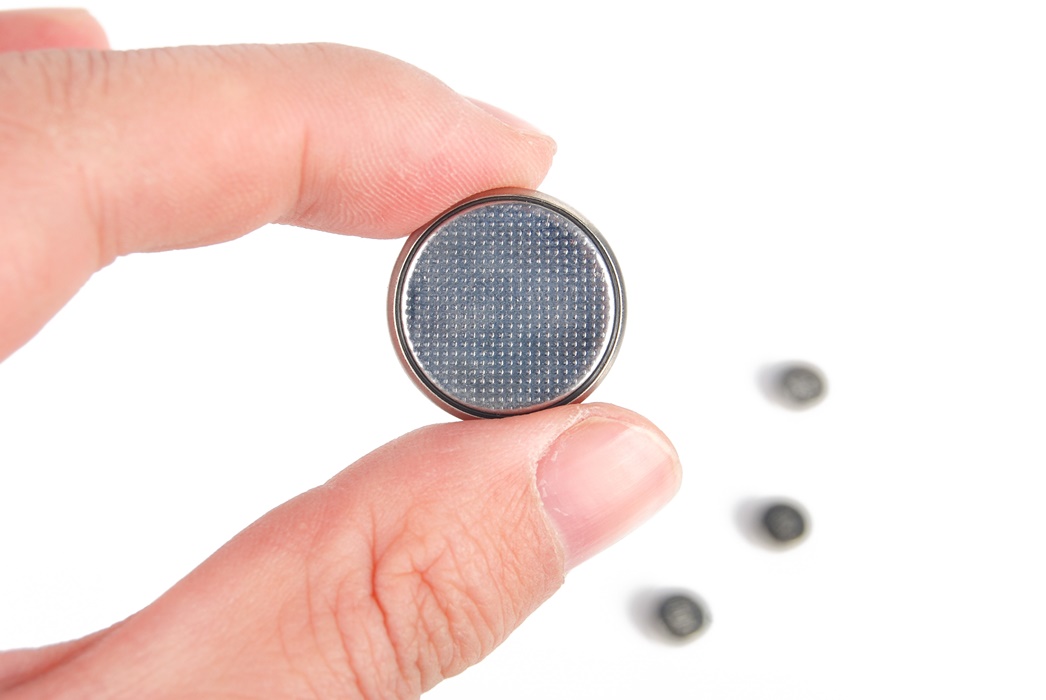
Is it dangerous? YES
What to do?
Batteries – particularly button or disc batteries can be very dangerous. They contain acid or alkali, which can erode the lining of the gut and poison the child. If the battery is still in his mouth, fish it out. But if he’s swallowed it get him to the hospital as quickly as possible.
6. Cigarette Ends
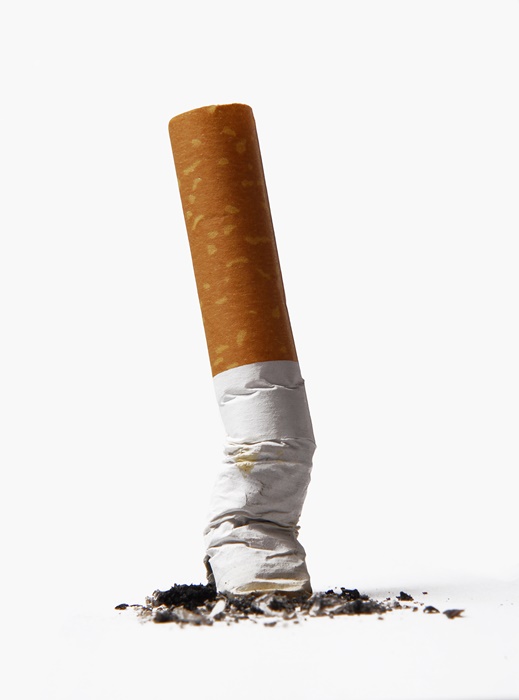
Are they dangerous? YES
What to do?
As well as being a choking hazard cigarette ends can be poisonous to your child too. The filter tips of cigarettes contain a collection of harmful chemicals and particles, which is why it’s important to get your child checked at the hospital as soon as possible if he eats a cigarette butt. Symptoms from ingesting cigarette include vomiting, nausea, lethargy, gagging, and a pale or flushed appearance.
7. Twigs & Grass
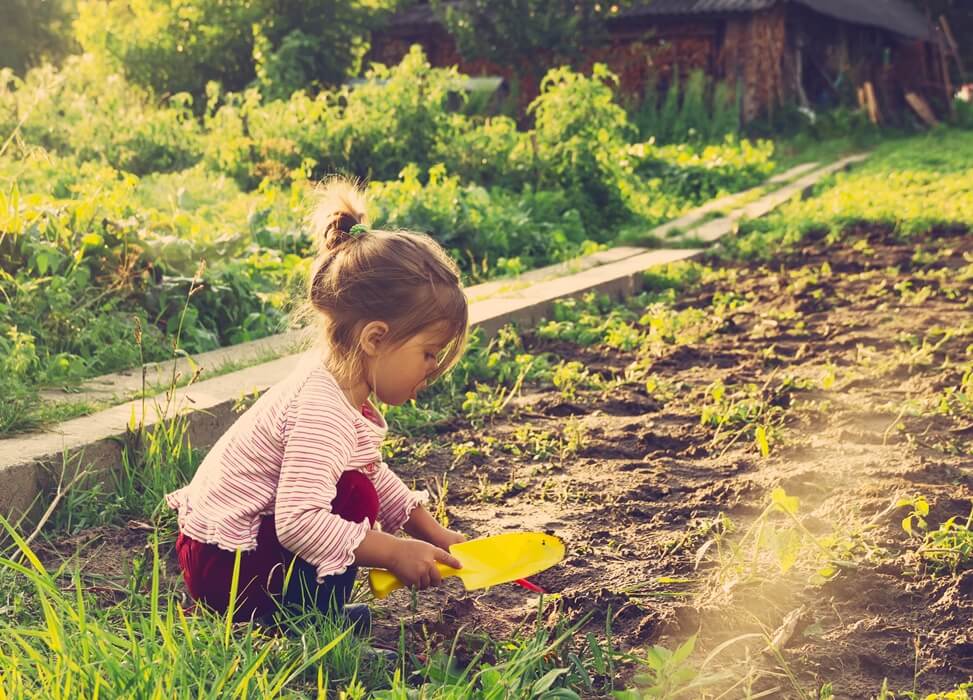
Is it dangerous? NO BUT BEWARE THE SIZE
What to do?
If your child has eaten some grass, or a twig less than 6cm long. It probably isn’t anything to worry about. Anything longer could stick in his throat. Check his mouth and that he’s not in pain. If he is, head to the nearest hospital.
5 Ways to Avoid Icky Snacks
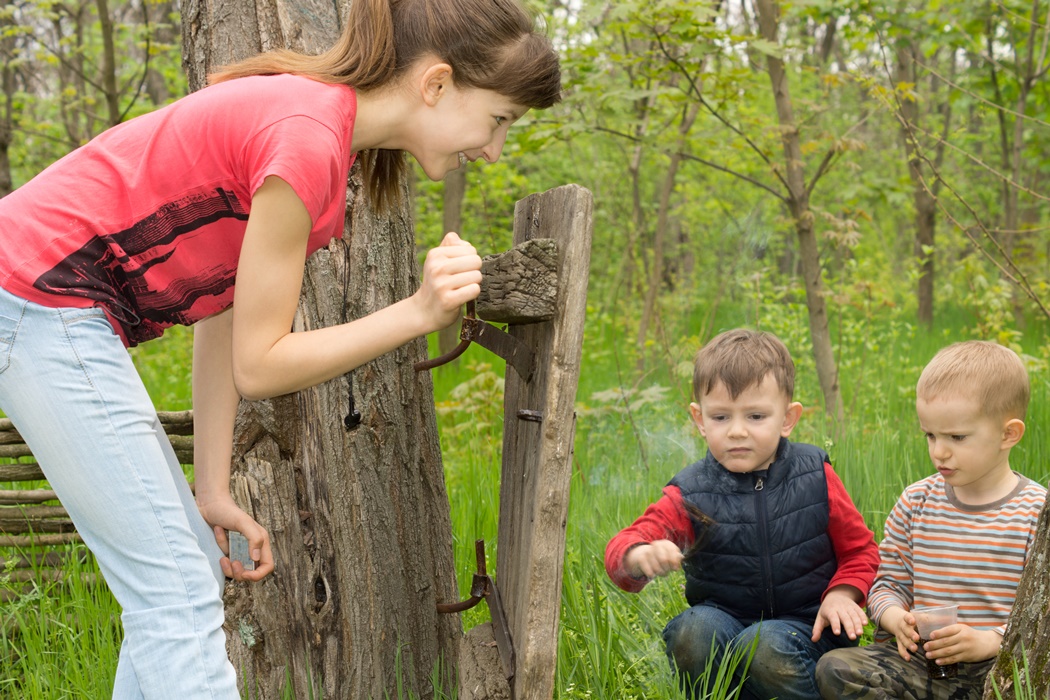
- Vigilance. Children will see things at their level you might have missed.
- Risk assessment. Cast your eyes around and double-check for any nasties.
- Distract him. Offering an alternative takes his mind off what he’s after.
- Be serious. He’ll see laughter as a positive way of getting your attention, so if you laugh at what he’s eaten you’ll encourage him to do it again.
- Keep calm. Take the object out of his mouth as gently as you can to avoid frightening him.










